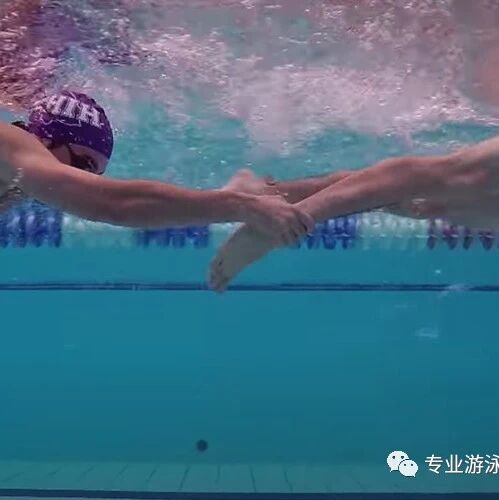Understanding the importance of streamlined form, mastering the front-and-upward awareness is key to swimming breaststroke effectively.
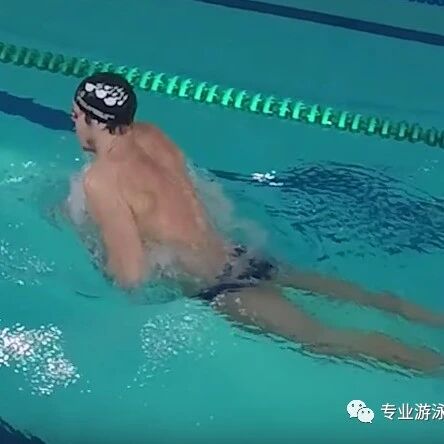
When it comes to the key aspects of swimming, the focus isn’t primarily on technical movements. While technique does play a crucial role—such as learning how to maximize muscle efficiency, minimizing water resistance during strokes, and perfecting timing for coordinated body movements—it’s often the case that maintaining a sleek, streamlined body position has a more significant impact on improving swimming speed. That’s not to say technical skills aren’t important; rather, achieving optimal body alignment proves to be an even more effective strategy for boosting overall speed.
The importance of a well-defined body streamline goes without saying for freestyle and backstroke—but even more so for breaststroke and butterfly. In these strokes, the very act of propelling through the water inherently disrupts the body’s natural streamline, making slower speeds almost inevitable. While butterfly temporarily breaks down the streamlined position by leveraging the wave-like motion generated during each stroke cycle, combined with powerful arm movements and leg kicks, it still fails to match the speed of freestyle. This clearly underscores just how crucial a perfect body streamline is for maximizing efficiency and speed in swimming.
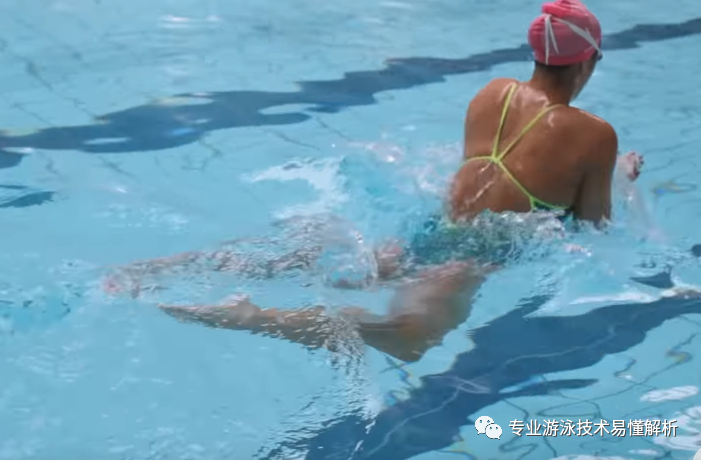
1. From Body Streamlining to Movement Optimization
Butterfly stroke evolved as a blend of freestyle and breaststroke, and in turn, it offers valuable insights for improving breaststroke technique—specifically, a deeper understanding of body streamlining. While it’s often simplified to mean keeping the body slender, long, and straight in the water to minimize frontal resistance, this basic interpretation is primarily useful for refining freestyle and backstroke techniques. However, when it comes to enhancing breaststroke performance, such an approach provides little practical guidance.
What butterfly teaches swimmers is that body streamlining can—and should—be seamlessly integrated into the rhythm of the entire swimming motion, allowing each stroke to flow naturally and efficiently. For instance, freestyle resembles a smooth, straight line, while butterfly takes on the graceful, undulating pattern of a wave. Conversely, if a swimmer’s rhythm falters—such as in freestyle with an overly slow stroke frequency—the motion becomes choppy and fragmented, resembling short, disconnected lines. Similarly, in breaststroke, uneven or labored movements result in erratic, dotted lines—clear indicators that the swimmer has lost the ability to maintain a fluid, streamlined motion.
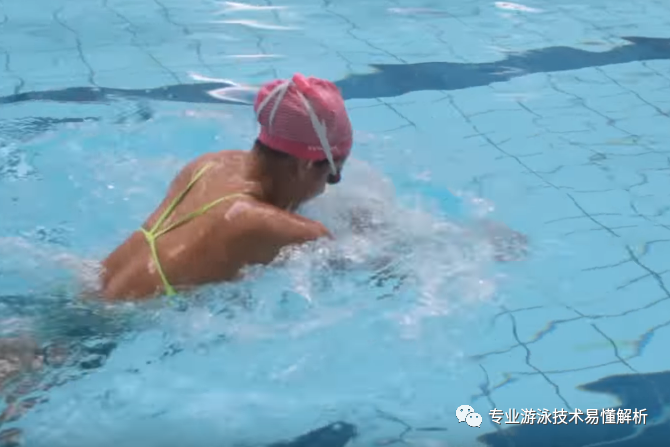
2. It's better to turn straight lines into curves than to introduce dotted or dashed lines.
The breaststroke movement often ends up resembling a dotted line, which is precisely why it’s so difficult to improve the stroke’s speed. When swimming breaststroke, it’s crucial to maintain a constant awareness of moving forward—specifically, keeping your head and neck pointed slightly upward—and simultaneously focusing on lifting your hips and glutes upward. Only by doing this can you sustain an efficient, streamlined body position, ultimately achieving the same smooth, fluid motion that comes from mastering the stroke’s rhythmic cadence.
First, don’t try to look straight ahead with your eyes—when your gaze shifts directly forward, it inevitably leads to lifting your head. This upward motion is entirely unnecessary for the forward propulsion in breaststroke. Instead, keep your head, neck, and upper body aligned in a single, rigid line. The breaststroke’s arm recovery naturally allows your head—and even your upper body—to break the surface of the water. However, remember that the primary purpose of this recovery isn’t to lift your body out of the water, but rather to propel it forward with maximum efficiency.
Secondly, after performing the frog kick and leg squeeze, be sure to smoothly lift your hips upward. Use the power generated from the kicking and squeezing motion to propel your hips both upward and forward. Once you feel this pushing force, follow through with the natural movement of your arms—this will help create a more effortless and fluid rhythm in your arm-leg coordination during the breaststroke.
Finally, after the frog kick and press action, it’s important to release tension and relax promptly. As the kicking motion nears completion, you can gently swing your feet—just like the flutter kicks used in freestyle swimming—allowing your legs to fully unwind. Unfortunately, many breaststroke swimmers overlook this crucial step, leaving their legs still tense even after the kick. This lingering tension is one of the key factors holding back further improvements in breaststroke speed.
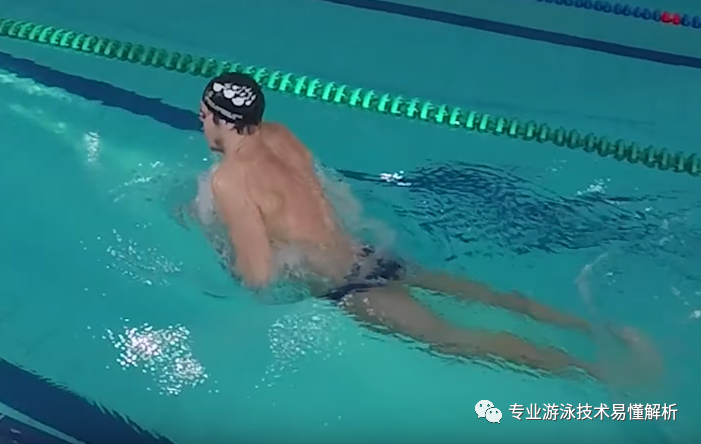
3. The Principle Behind Improving Action Timing
From the perspective of improving streamline efficiency, the emphasis on enhancing the fluidity of swimming movements lies in achieving a more streamlined motion—this doesn’t refer to isolated arm strokes or leg kicks, nor even to the coordination of individual actions. Instead, it highlights the seamless transitions between two or three consecutive movements. Not only must the propulsive force remain consistently steady throughout the stroke, but the resistance from the water should also be distributed evenly across the entire rhythm of the movement, rather than concentrating resistance into specific moments when multiple actions simultaneously increase drag. Such uneven distribution can lead to noticeable spikes in water resistance, ultimately slowing down your swimming speed.
Take the example of freestyle swimming to understand how consistent power output is achieved: During the stroke, the primary source of propulsion comes from the arm movements. Therefore, the way the arms cross each other directly determines the continuity of the force generated during the swim. When using a front-crossing technique—where one arm extends forward while the other pulls water—the swimmer fails to maintain a continuous push phase, leading to interruptions in power delivery. As a result, it becomes difficult to increase speed with this technique. For experienced freestyle swimmers, switching to a front-middle or middle-crossing approach is recommended. Meanwhile, for beginners, the front-crossing method is particularly beneficial for building a solid foundation in freestyle technique.
Understanding water resistance breakdown: Take the example of breaststroke—when your hands move while your feet remain still, or vice versa, that’s exactly how it works. If your arms and legs move simultaneously, the water resistance generated by both actions would simply cancel each other out, making it impossible for you to swim forward effectively in breaststroke.
At any given moment, there are only two primary directions for improving your swimming technique: either minimizing water resistance buildup or ensuring consistent power output. As you swim continuously, you’ll inevitably encounter countless intricate details. But once you grasp these key areas for improvement, it becomes much easier to make informed decisions about how to refine those specific aspects. After all, the Whole-Body Immersion swimming philosophy empowers swimmers to become their own coaches—encouraging them to constantly refine and deepen their understanding of swimming, ultimately unlocking greater enjoyment and mastery in the process.
Related Articles
Detailed analysis of the full-immersion swimming concept, helping you truly master the techniques and principles of this unique swimming style.
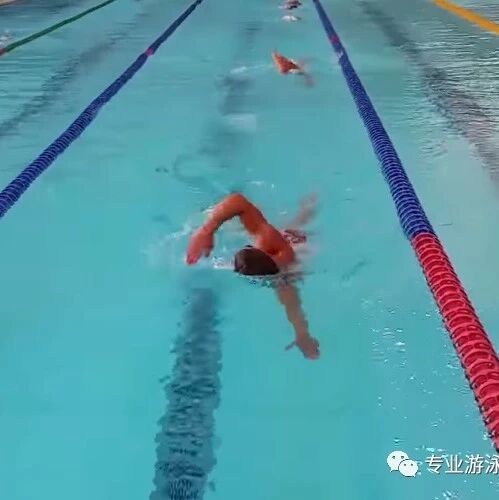
Continuing the discussion on exhalation in continuous breathing techniques, let’s explore the differences between exhaling through the mouth versus exhaling through the nose.
